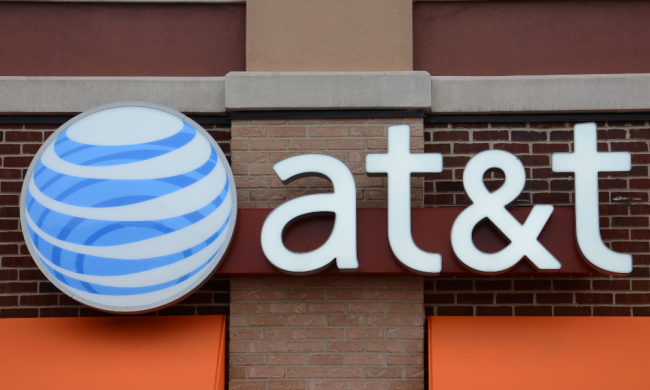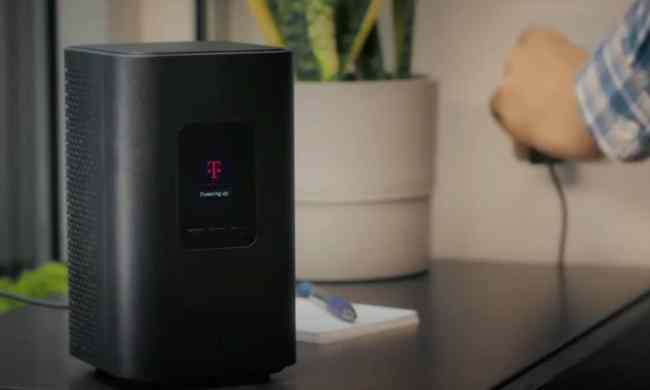While the likes of Verizon and T-Mobile seem to be leading the way when it comes to 5G deployment, Sprint isn’t one to be left behind. The company has announced that it will release a 5G-enabled Samsung phone to consumers in the summer of 2019.
Of course, the news isn’t all that surprising — both AT&T and Verizon have made similar announcements in the past few months, and it’s very possible that they’ll carry a different variant of the same Samsung phone. The device will connect to Sprint’s 5G networks using the 2.5GHz, 1.9GHz, and 800MHz spectrum bands.
More CES 2019 coverage
- Our CES 2019 Hub: The latest news, hands-on reviews, and more
- TCL is set to innovate with new mobile display technology
- Mobile audio gets an upgrade thanks to new Sonarworks apps
- Tidal’s better-than-CD MQA tracks come to Android
- T-Mobile completes the first 5G data and video call using 600MHz spectrum
Details are still sketchy about the Samsung 5G smartphone. It’s not currently known if the device will be a variant of a Samsung flagship, like the Samsung Galaxy S10, or if it’ll be more of a tester device for 5G. Because the phone needs a 5G modem, it’ll likely use the Qualcomm X50 modem, which is only compatible with the Qualcomm Snapdragon 855 processor — so it’s likely that the phone will be at least flagship-tier, even if it’s not part of Samsung’s known flagship series.
The Samsung 5G smartphone won’t be the only 5G device that Sprint launches in 2019. In August, the company announced that it was working with LG on a 5G smartphone for the first half of 2019. And, in late 2018, Sprint also announced that it was working with Qualcomm and HTC on a 5G mobile smart hub, which is also expected to be released in the first half of this year.
Sprint also announced a revamped version of its Magic Box at CES 2019, which was first announced in 2017. The new Sprint Trebl has Alexa integration, Harman Kardon speakers, Bluetooth connectivity, and more. On top of that, as you would expect from a Sprint Magic Box, the device provides customers with “enhanced LTE data coverage.”
Of course, Sprint’s 5G plans may change dramatically once its merger with T-Mobile finally closes. T-Mobile and Sprint both maintain that merging will help them roll out a better 5G network faster, enabling the “new T-Mobile” to better compete with the likes of Verizon and AT&T, both of which are much larger than T-Mobile and Sprint.



